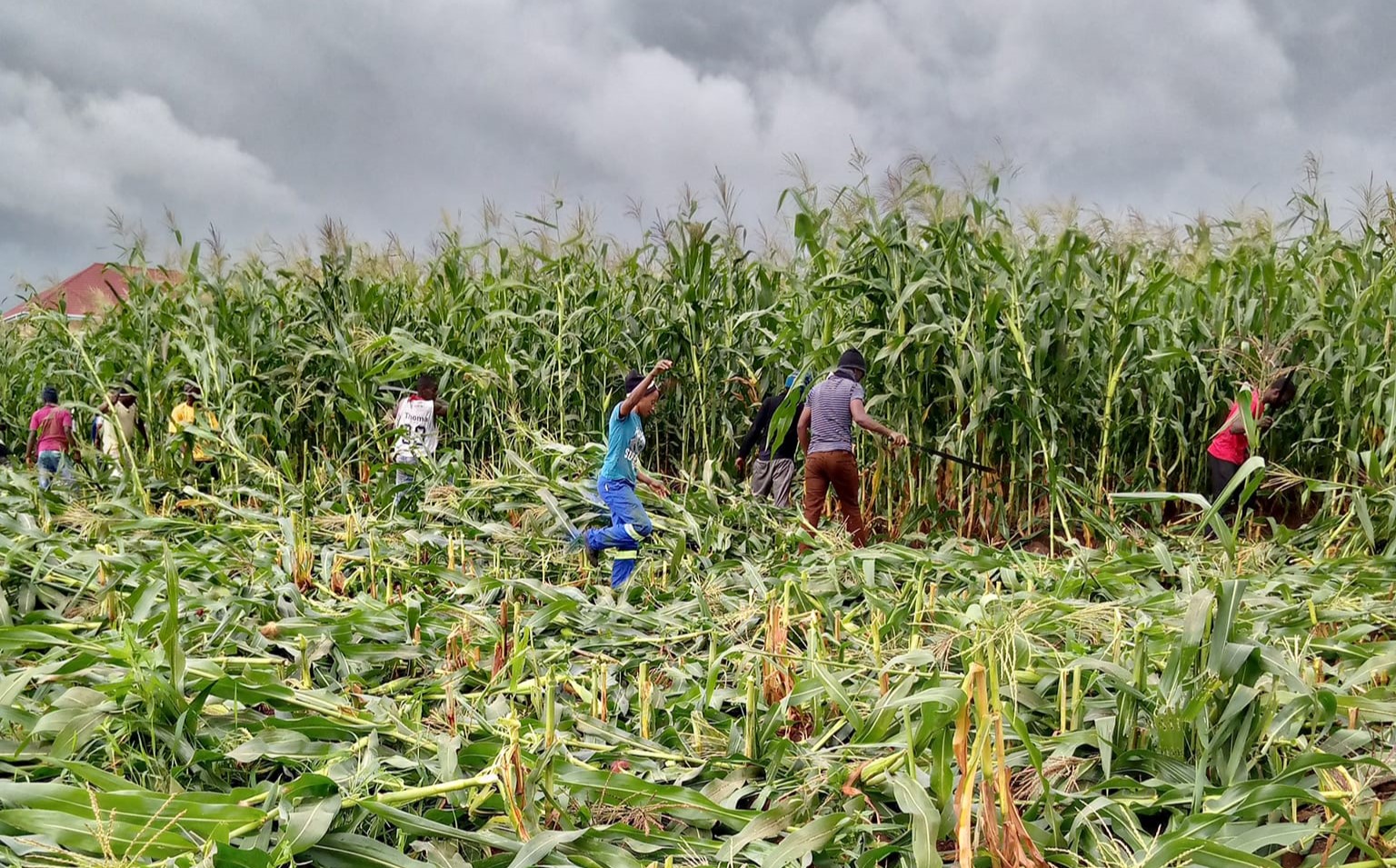The bulging youth population: blessing or curse?
Thursday’s BBC youth debate—which I participated in at College of Medicine in Blantyre—was the broadcaster’s typical idea of topical, agenda setting and solutions journalism, all rolled into one.
Hence, that BBC- facilitated debate on whether Africa’s bourgeoning youth population is an opportunity or a ticking time bomb has inspired today’s chaffing activity.
Official figures show that Malawi’s population pyramid—a diagrammatic illustration of the age distribution of a population—has, like most developing countries globally, a huge bulge in the middle and below.
Picture this: Malawi’s median age is around 17 and over half of the country’s population comprises folks who are 18 years and below!
Malawi, my friends, is a very young, energetic and, you would therefore assume, should be a highly productive nation. Sadly, it is not.
Countries such as Japan, which complain of having one of the oldest populations in the world, must be green with envy as they watch Malawi’s bouncy population.
This is because ordinarily, Malawi should be reaping huge development dividends from such a young population.
Instead, this demographic has become a burden on the local economy as dependency ratios worsen under the weight of unemployment and/or under- employment.
Thus, instead of contributing to the development of the country, the youth in Malawi become parasites—though no fault of their own—feasting on what a very small but aged demographic in the pyramid produces.
This has put pressure on government resources to support the youth, thereby hitting the fiscus hard.
The curse of Africa’s jobless growth is the main source of the plague that has not spared Malawi. The lack of a coherent national skills development strategy is another tragedy.
In a new comprehensive regional report titled Youth Employment in Sub-Saharan Africa released this week, the World Bank notes that while many African economies have registered impressive economic growth in recent years, poverty levels across the region have not fallen as much as expected and young people looking for better-paying work have been at a great disadvantage.
This, according to the World Bank, is partly because many African countries rely heavily on oil, gas and mineral extraction which boosts economic growth but does little to create new jobs for the region’s fast-growing youth population or reduce overall rates of poverty.
In Malawi, our failure to identify and aggressively support economic growth drivers capable of job creating linkages to the wider economy has been the biggest challenge. In this regard, we need to return to basics. Agriculture is the biggest driver of growth in Malawi and one of the chief beneficiaries of this is the financial sector, yet agriculture gets the lowest levels of financing from the local banking community.
It beats me that agriculture—which contributes around 35 percent to the country’s gross domestic product (GDP)—gets loans of just around five percent of GDP.
Yet, around 80 percent of our foreign currency is generated from agriculture and—this is the irony—the sector is the most important source of jobs!
Most importantly, the majority of Malawi’s industries are offshoots of agricultural production and those that do not derive their existence from the sector are supported by money from agriculture as 90 percent of Malawi’s consumers depend on agriculture for their income, which they use to pay for the goods and services.
Adequate support to agriculture—and the Farm Input Subsidy Programme is just a tiny dot of what I consider adequate—would create a lot of employment, especially for first time job seekers who are the biggest victims of Malawi’s hostile unemployment jungle.
Now picture this: by sector, most of our commercial banks’ lending—roughly 12 percent of GDP—goes to trading, which contributes just around 14 percent to the country’s economy. It is not even half of agriculture’s contribution to GDP and does not employ as many people! Where are our priorities?
The two examples paint a very embarrassing image of our banks and rightly so: Banks are unwilling to take risks for agriculture, their cash cow, in favour of the safe bet that is trading which, given that most of the goods are imported, creates manufacturing jobs in other countries such as South Africa when our youths wallow in poverty and burden our economy.
It is a travesty, really and our banking system should be ashamed. But then, more ashamed should be our education architecture that ‘manufactures’ graduates. Someone should tell whoever hopes to run this country from May 20 2014 that it is not just about education. It is about what knowledge, attitudes and orientations we are imparting on our youths in universities, vocational institutions and other colleges. We can’t just be educating our children so that—if they are lucky—they can find a job, wear a suit bought on credit yopeleka katatu and sit in an office looking self-important.
That is why we have graduates moving around with khaki envelops knocking on doors in search of jobs only to be met by growling dogs—literally—or Palibe Ntchito (No Vacancy) banners.
We need a strategy that productively absorbs into the economic system not just those with a college education, but school dropouts as well. To this, we need an effective and responsive skills development policy that can assess gaps in the economy and provide skills training aimed at filling those skills deficits. Only then can we create jobs and prevent the bulging youth population bomb from detonating.
Meanwhile, time is ticking away.



